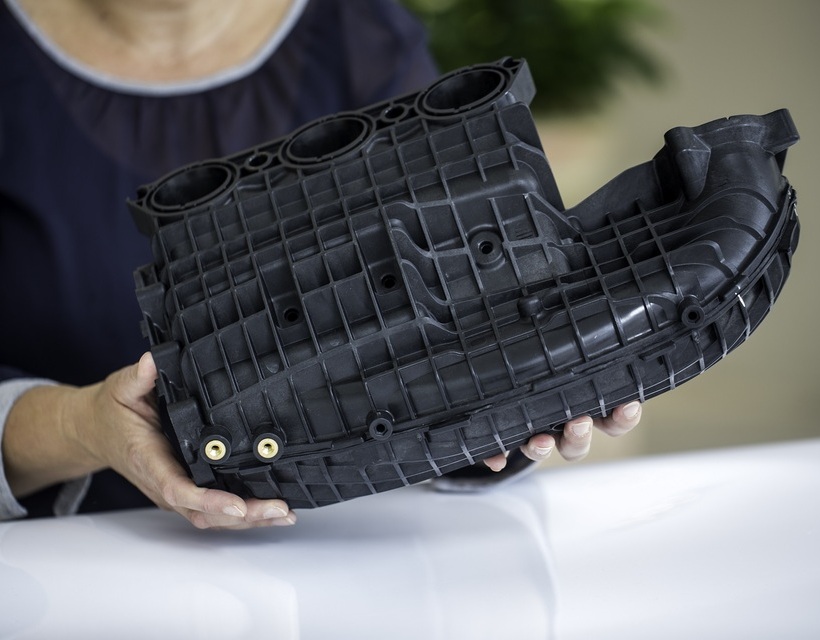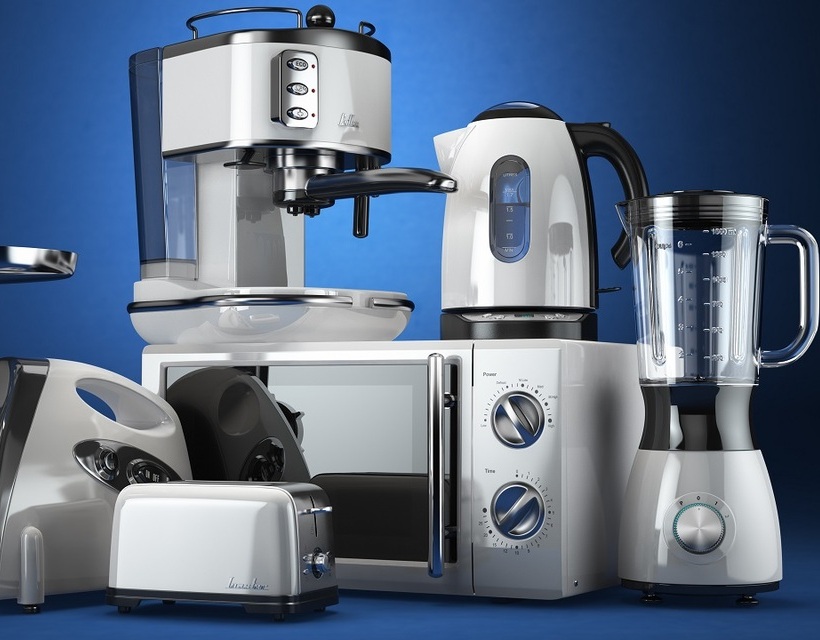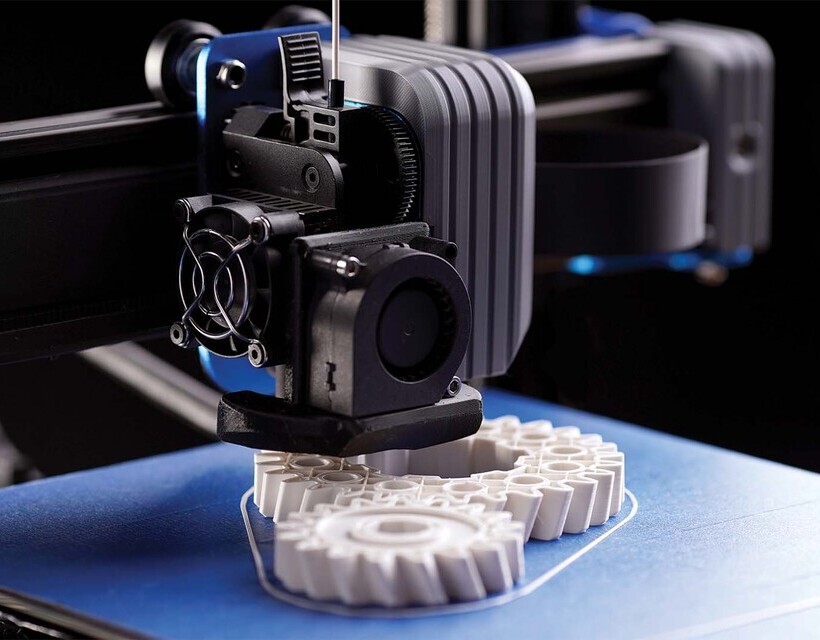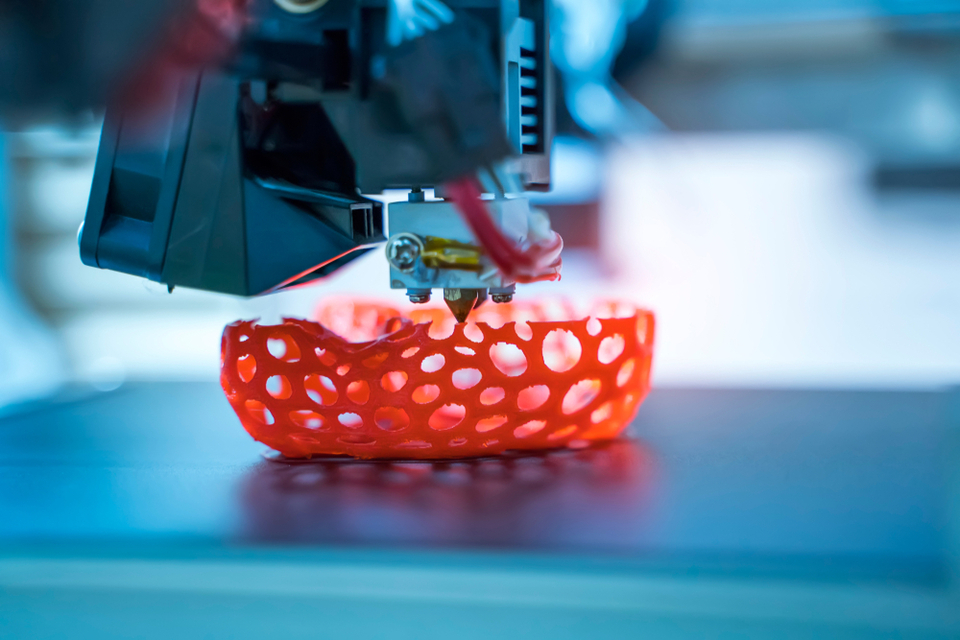We all know that ABS and Nylon are two of the most commonly used materials in the world. But when it comes to understanding their contrasts and applications in detail, it can be difficult to make a decision on which one is right for your project.
In this article, we'll dive into the physical properties, cost comparison, applications, advantages and disadvantages of both materials, among other key considerations like printing and machining capabilities, recyclability and environmental impact.
With all this information at hand you'll be able to make a well-informed decision about which material is best for you! So let's get started!
Overview of ABS and Nylon

In this section, we'll take a look at the differences between two materials and how each of them can be used in various projects.
ABS and Nylon are two common materials found in many different industries. ABS stands for Acrylonitrile Butadiene Styrene, which is a hard thermoplastic polymer widely used for automotive, appliance, and electronics components. Nylon is a strong synthetic fiber that's lightweight yet durable enough to withstand wear and tear.
Both of these materials have their own benefits and drawbacks depending on the project they're being used for. ABS offers superior strength, impact resistance, temperature stability, chemical resistance, and durability compared to other plastics like polypropylene or PVC. It's also lighter than metal so it's an ideal choice for parts that need to be held together without adding too much weight.
On the other hand, nylon has higher tensile strength than traditional metals like steel or aluminum making it perfect for applications where high-strength and low-weight are desired such as rope products or sporting goods equipment. Additionally, nylon has excellent abrasion resistance which makes it great for items that are frequently handled or dragged across surfaces like carpeting or furniture upholstery fabrics.
Both ABS and Nylon offer unique advantages when selecting materials for your next project – understanding their pros and cons will ensure you make the best choice!
Physical Properties
You'll want to be aware of the physical properties of ABS and Nylon, as they can have a big impact in your selection process. ABS and Nylon display very different physical properties:
ABS is a low density material with a high strength-to-weight ratio. It is heat resistant up to 170°F (77°C).
Nylon, on the other hand, has a high moisture absorption rate (~8%) and a low melting point (420–480°F/215–250°C). It also has good abrasion resistance.
ABS is ideal for applications that require an excellent balance between stiffness, strength, toughness, and heat resistance, while nylon is best suited for applications where chemical resistance or wear resistance are most important.
Knowing these physical properties is essential to understand which material will perform best in each application. With this knowledge at hand, you can make an informed decision that sets you free from worry!
Cost Comparison
Knowing the cost of ABS and Nylon can help you make a decision that fits your budget like a glove. When it comes to price, ABS is usually less expensive than Nylon. ABS plastic materials are typically sold in pellet form and cost around $1.50 per pound.
On the other hand, Nylon can be more costly since it's more difficult to process and is generally available only in filament form at around $4 per pound. However, when you factor in the durability of each material, which is often times much higher for Nylon compared to ABS, you may find yourself needing fewer replacements over time which could save you money in the long run.
Additionally, there are also many online retailers now offering discounts on both types of material so shopping around can help uncover even greater savings.
Applications
We'll be discussing the applications of ABS and Nylon in a variety of industries. These include automotive parts, electrical components, industrial materials, and consumer goods. Both materials are versatile and can be used for many different purposes. However, when selecting which type to use, there are some differences that should be taken into consideration.
We'll explore these uses in more depth throughout this discussion.
Automotive parts

We've all seen the many components that make up our cars, from the exterior paneling to the engine parts. Automotive components come in a variety of materials, and ABS and Nylon are two of the most commonly used.
These two materials offer a wide range of benefits for automotive applications. ABS is an extremely durable material with excellent impact resistance and corrosion resistance, making it ideal for exterior body panels. Nylon is lightweight yet strong, which makes it suitable for engine parts such as air intakes and exhaust systems.
Both materials can be easily molded into any shape needed, allowing them to be used for complex component designs that would otherwise be difficult or impossible to manufacture using other materials.
The incredible versatility of these two materials allows automakers to create beautiful cars with maximum durability and efficiency - giving drivers the freedom they desire!
Electrical components
We are all familiar with the importance of electrical components in our vehicles. Electrical components are essential for powering our cars and giving us the freedom to go wherever we want - without them, we wouldn't even be able to start the engine!
With ABS or nylon-based materials used for various electrical components such as terminals and connectors, understanding the contrasts between these two types can make a huge difference in terms of performance and safety. ABS is a type of thermoplastic which is durable and resistant to most chemicals. It has excellent insulation properties and is ideal for applications that require good dimensional stability such as automotive parts.
Nylon, on the other hand, is an incredibly strong material that is also highly flexible and resistant to most chemicals. It's perfect for use in applications where high strength and flexibility are required like electrical connectors or terminal blocks.
Both these materials have their own unique advantages when it comes to electrical components, so by carefully considering your application you'll be able to choose which one best suits your needs.
Industrial materials
We're now turning our attention to industrial materials. ABS and Nylon are two of the most popular materials used in industry today. They have many similarities, but also many differences that make them suited for different applications.
Let's explore these two materials in more detail:
- ABS is an extremely durable thermoplastic polymer commonly used for injection molding applications. It has excellent resistance to chemicals, making it ideal for use in harsh environments. It's also highly heat-resistant and therefore can be used in high-temperature applications. ABS is lightweight yet strong, making it a great choice for structural components such as automotive parts.
- Nylon is another type of thermoplastic polymer with excellent strength and flexibility properties. It has low friction and good wear resistance, making it suitable for use in bearing components or gears where high mechanical stresses are expected. Nylon also has excellent electrical insulation properties, so it can be used as an insulating material in electrical equipment or wiring harnesses. Furthermore, nylon has remarkably good impact strength and can be easily machined into complex shapes with superior dimensional stability.
Both ABS and Nylon offer unique advantages depending on the application they are being used for, so understanding their differences is key to using them effectively!
Consumer goods

When it comes to consumer goods, ABS and Nylon offer a range of benefits that make them perfect for a variety of uses. From their strength and flexibility to their low friction and electrical insulation properties, these materials are highly sought-after in the manufacturing industry.
For example, ABS plastics are often used in the production of everyday items such as toys, kitchen appliances, electronics housing, and many other consumer products due to its lightweight characteristics and impact resistance. On the other hand, Nylon is also highly sought-after in the manufacture of consumer goods because of its flexible nature which allows manufacturers to create complex shapes with ease. Its high tensile strength makes it ideal for use in such items as clothing fasteners and jewelry components.
Furthermore, both materials offer excellent temperature resistance which makes them suitable for outdoor applications like garden furniture or patio umbrellas. All in all, ABS and Nylon provide consumers with quality goods that can be relied on to last for years while still providing comfort and convenience.
Advantages and Disadvantages
Comparing ABS and Nylon can be tricky, but knowing the pros and cons of each is key to making an informed decision.
ABS has a high melting point, which makes it ideal for parts that need to withstand heat or pressure. It is also lightweight and resistant to corrosion, so it's often used in consumer goods like toys, appliances, and electronic equipment.
On the other hand, Nylon has great strength-to-weight ratio and excellent abrasion resistance. Its durability allows it to be used in applications such as automotive components, industrial machinery parts, ropes, and webbing products. However, Nylon has lower impact strength than ABS, so it may not be suitable for certain applications where a shock load is expected.
Both materials have their advantages and disadvantages. However, when deciding between them, the best course of action would be to consider your specific application requirements before selecting a material.
Printing and Machining

Moving on from the advantages and disadvantages of ABS and Nylon, let's explore how these two materials can be used for printing and machining.
As a team, we know it's important to understand the differences between these two plastics so we can make an informed decision when considering their applications.
Printing with ABS is slightly more difficult than nylon as the plastic requires higher temperatures for proper adhesion to the printer bed. On the other hand, nylon works best with lower temperatures which makes it easier to print.
When it comes to machining, both materials are quite capable. However, due to its strength and stability, nylon is often preferred when creating complex shapes or thin parts because it has a low tendency to deform under stress. Additionally, ABS has a greater resistance to wear which makes it more suitable for producing parts that require high levels of durability such as gears or bearings.
Recyclability
Recycling these materials is arguably one of the most important aspects to consider when deciding between ABS and Nylon. It's like a double-edged sword; it can be both a blessing and a curse.
On one hand, ABS is much more easily recyclable than Nylon due to its thermoplastic nature. This allows for easy re-processing into new products or raw material.
On the other hand, Nylon is not as easily recycled since it requires more energy and resources in order to break down the polymer chains.
Despite these differences in recycling processes, both materials are widely accepted by many local recycling facilities worldwide. Furthermore, both materials can be repurposed for use in 3D printing filament - making them ideal candidates for sustainability-minded projects.
ABS can be used as an environmentally friendly alternative to traditional woodworking materials such as MDF or plywood. Nylon can be used to create durable parts with greater strength than ABS or PLA - perfect for prototyping and end-use applications requiring long lifespans. Both materials are also capable of being reused multiple times which helps reduce waste and keeps plastics out of landfills longer.
Environmental Impact
When it comes to their environmental impact, ABS and Nylon have both pros and cons that should be taken into consideration.
On the one hand, ABS has been found to release fewer volatile organic compounds (VOC) than nylon when burned, making it a more eco-friendly choice in terms of air pollution. Additionally, ABS can easily be recycled or reused for other purposes, meaning less waste overall.
On the other hand, nylon is more biodegradable than ABS and is also made from renewable resources like coal or natural gas. It also has a much higher melting point which means it produces less hazardous material when burned than ABS does.
Ultimately, each plastic type has its own pros and cons depending on the application and environment in which they will be used. We should all strive to make informed choices about what materials we use in order to reduce our environmental footprint as much as possible.
Conclusion
We've explored the differences between ABS and Nylon in depth. Both materials have their advantages and disadvantages, from physical properties to recycling. It's important to consider cost, but applications should be the primary factor when selecting a material for a specific project.
Ultimately, choosing between ABS or Nylon is like deciding which paint color to use - you can experiment until you find the perfect shade that suits your needs. With all of this knowledge under our belts, let's take a step back and marvel at all the incredible things we can create with these amazing materials!
